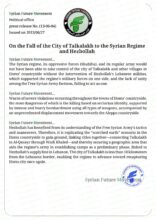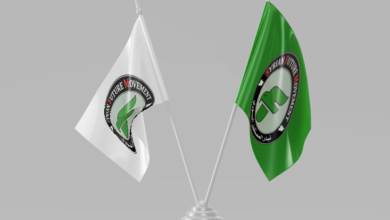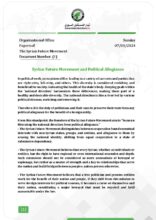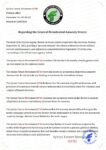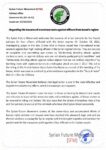Symbolic Figures, a Unifying Force
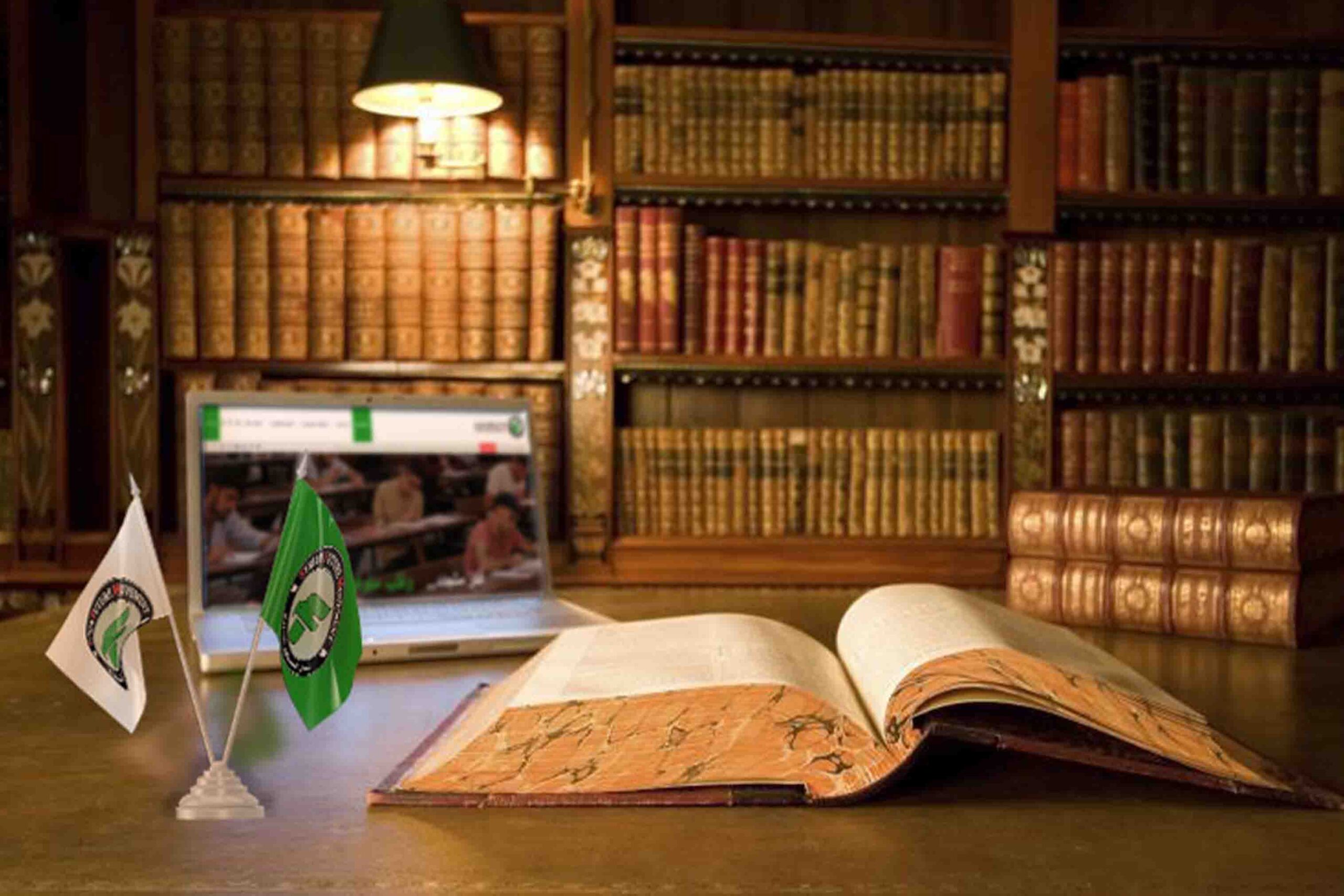
National symbols hold a special significance for each people belonging to a specific country, as state symbols have their status from the ideals and values they represent. This means that any national symbol will lose its status as a result of any violation of those values! This prompts people to seek new symbols that embody the values they respect, or they revert to historical symbols that were unanimously agreed upon, or they may disavow all their symbols.
The Philosophical Dictionary of the Arabic Language Academy defines a symbol as: “a sign agreed upon to indicate something or an idea.”
“Murray Edelman,” one of the foremost in exploring the impact of symbols in the political field, in his book “The Symbolic Uses of Politics” (1964), discusses how people obtain what they want through the government. In “The Realities of Politics,” he reveals the role and effectiveness of symbols, as political symbolism is used to influence the citizens of a state by appeasing them, or by uniting them around a particular action or goal.
It is important to emphasize that humans are distinguished from other beings and creatures by many characteristics; they are civic, social, emotional, and cultural beings, among other things.
However, their uniqueness among other beings lies in the feature of “reason”; they alone are capable of “comprehending” things, understanding them, and perceiving their true nature and essence, and building entire worlds through symbols, languages, and networks of meanings. Humans are “symbolic” beings as much as they are rational, living by symbols and employing them in various aspects of life, and through them establishing their system of relationships with others.
Symbols do not come from nowhere; they are linked to the psychology of individuals and their behavior, to their system of perceptions and values, and also to the contexts of a group of groups, a state of states, or a nation of nations. Symbols are inseparable from other groups of elements; when linked with values, customs, and traditions, they form the folk heritage, and when linked with rituals and beliefs, they form religious rituals, and when linked with history and the political action of the state and its figures and most important events, they form its political culture.
Thus, national symbols represent the collective as a whole, not just ordinary individuals! We find that there are multiple reasons why caring about national symbols is important, including:
- Representing the nation including its history, culture, and values, as symbolic figures express the collective identity, not just the individual identity.
- Unity and belonging by enhancing the sense of unity and belonging among people, acting as a link that brings people together regardless of their individual backgrounds.
- Heritage and traditions: Symbolic figures carry national heritage and traditions.
- Respect and pride because they represent the nation and its history, while ordinary individuals are an important part of the nation, thus national symbols represent the collective as a whole.
A people without symbolic figures are lost:
The external occupier, as well as the internal tyrant, seeks to break every symbolic figure of the peoples they occupy, to facilitate their fragmentation and then dominate them! What the tyrant does is destroy every symbolic figure that unites the people around it, or makes the people the focus of their movement, and works to craft his person as a symbol, role model, and inspiration.
This is what Hafez al-Assad did during his rule when he erased Syria’s history including its antiquity, rootedness, and civilization, and referred to his era as (the builder of modern Syria), and his ego grew so much that he saw no one but himself, and we remember his response when asked: Where do you see Syria without Hafez al-Assad?! He said: I don’t see Syria!.
Therefore, it is and will be the duty of the cultural and political elites to elevate their true symbols and take an interest in making them symbolic figures (not idols to be worshipped or characters to be sanctified), but symbols that represent the true collective that ends through them every plan of any colonizer or tyrant.
Perhaps it is useful to take practical steps towards achieving this duty such as:
- Respecting national symbols and not allowing them to be insulted.
- Teaching new generations about the importance of national symbols and what they represent, in addition to promoting novels, films, plays, and documentaries about characters accepted by people as national symbols.
- Participating in celebrations related to national figures to enhance unity and national identity.
- In the event of attacks or unfair criticisms against national symbols, it is necessary to defend them and consider it a national duty.
- Strive to honor them during their lives rather than after their death, so that the banner can be passed from generation to generation and they can be witnesses of the era together.
The importance of honoring national symbols lies in the cultural, political, or artistic legacy they have left, and in their public, social, and humanitarian work. Thus, they provide a living example to future generations and become
a supreme value and a model to be emulated.
National symbols are part of our identity and history, and we must all work together to protect them, preserve them, and rally around them.
For the characters that are considered national symbols, they play an important role in enhancing national identity and uniting the people, and why not when they have contributed in some way to writing the nation’s history and made important contributions to peoples and societies, thus becoming part of shaping the general political thought and directing national policies.
From all this, we in the Syrian Future Movement recommend that dealing with symbolic figures should be approached through two paths:
The first path: Political and elite-focused, it is necessary to agree on unifying figures that represent the future vision for the salvation of Syria, and then comes the task of media, social media, and communication platforms to celebrate these symbolic figures and consistently highlight them.
The second path: Popularly, by people holding onto symbols that represent them, and not allowing the imposition of symbols that are actually mere puppets in reality!
Elias Abdul-Massih
Political Office
Research and Studies Department
Articles
Syrian Future Movement (SFM)

